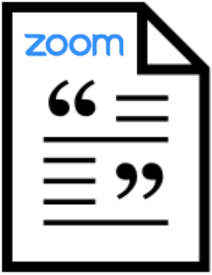Text to speech voice readers have been around for decades. In addition to several commercial offerings, there are free online options such as the ones from NaturalReader, TTSReader, and many others.
My daughter’s school has been doing a fantastic job of keeping parents and families informed about everything going on, including the school’s reopening plan amidst the COVID-19 pandemic. It has also been sensitive to the fact that there is a large Spanish-speaking population, so it provides certain communications in both English and Spanish. Here is an example of one such message:
In addition to emails, our school also provides the option to receive communication via text messages and phone calls. Certain phone calls are recorded by school staff, and others are generated by text to speech software. Today I received a phone call that was clearly generated by text to speech software.Did you struggle as much as I did to understand it? After a few seconds, I realized that they had mistakenly applied English text to speech against Spanish text. Totally honest mistake, but it made me chuckle because it reminded me of how certain students would pronounce words in my introductory Spanish class in junior high school.
I truly do appreciate the tremendous effort that my daughter’s school has put into communicating and over-communicating to families this year. The level of effort from school staff and volunteers is one constant amidst the craziness and unpredictability of this calendar year.








